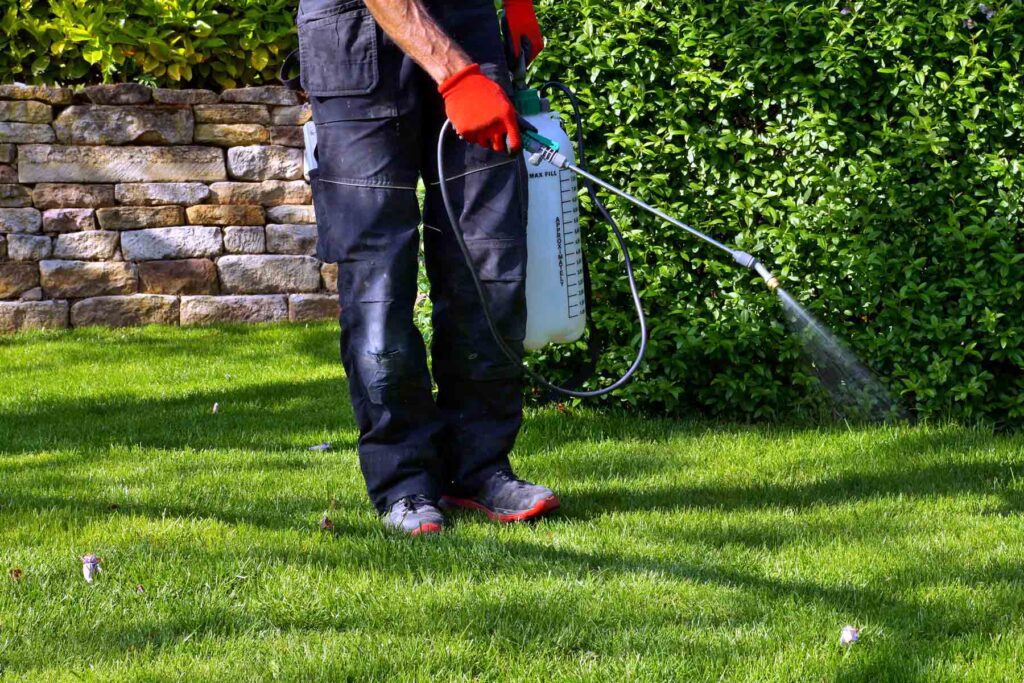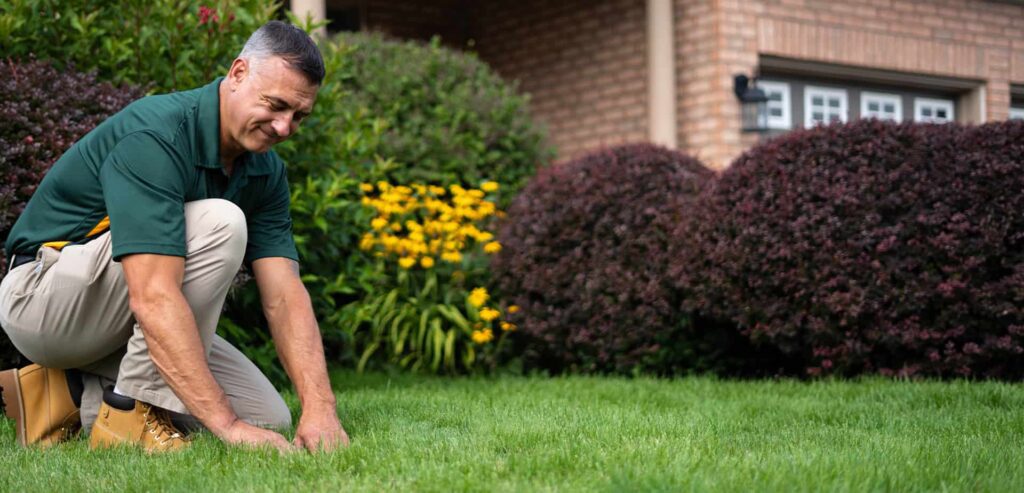Maintaining a lush green lawn requires more than just regular watering and mowing. One of the biggest challenges faced by homeowners is dealing with weeds. Weeds not only detract from the visual appeal of your lawn but can also compete with desirable grass for nutrients and water, leading to a dull, patchy appearance. In this comprehensive guide, we’ll explore everything you need to know about Weed lawn care, from identifying common types of weeds to implementing effective control strategies.
Weed Lawn Care
Weed lawn care involves the management and prevention of unwanted plants, commonly referred to as weeds, in your lawn. This includes identifying different types of weeds, understanding their growth habits, and implementing strategies to control and eradicate them.
A weed-free lawn not only enhances the aesthetic appeal of your property but also promotes the health and vigor of your grass. Weeds compete with grass for essential resources such as sunlight, water, and nutrients, leading to stunted growth and poor overall lawn health.
Common Types of Weeds
Identifying the types of weeds infesting your lawn is the first step towards effective weed control. Common types of weeds include dandelions, crabgrass, clover, and thistle, each with its own unique characteristics and growth patterns.
Understanding the impact of different weeds on lawn health is crucial for developing targeted control strategies. Some weeds may spread rapidly and choke out desirable grass, while others may have deep root systems that are difficult to eradicate.
Prevention Methods
Implementing preventive measures
Preventing weeds from taking hold in your lawn is often easier and more effective than trying to eradicate them once they’ve become established. Simple practices such as proper mowing height, regular watering, and soil aeration can help create conditions that are less conducive to weed growth.
Importance of regular lawn maintenance
Regular lawn maintenance is essential for keeping weeds at bay. This includes mowing the grass at the appropriate height, watering deeply and infrequently, and fertilizing as needed to promote healthy grass growth. Additionally, removing thatch buildup and aerating the soil can help improve the overall health of your lawn and make it more resistant to weed infestations.
Natural Weed Control
Many homeowners prefer to use natural or organic methods for weed control, especially if they have children or pets that frequent the lawn. Organic weed control methods include hand-pulling weeds, mulching with organic materials such as wood chips or straw, and using natural herbicides derived from plant-based ingredients.
Natural weed control methods offer several advantages over chemical herbicides. They are safer for the environment, reduce the risk of chemical runoff into waterways, and promote biodiversity by preserving beneficial insects and microorganisms in the soil.
Chemical Weed Control
Chemical herbicides are a popular choice for controlling weeds in lawns and gardens. They work by disrupting essential metabolic processes in the plant, leading to wilting, yellowing, and eventual death. There are two main types of chemical herbicides: selective herbicides, which target specific types of weeds without harming desirable plants, and non-selective herbicides, which kill all vegetation they come into contact with.

Guidelines for safe and effective chemical usage for weed lawn care
When using chemical herbicides, it’s essential to follow the manufacturer’s instructions carefully and take appropriate safety precautions. This includes wearing protective clothing, avoiding application on windy days, and keeping children and pets away from treated areas until the product has dried.
Mechanical Weed Removal
Manual methods for removing weeds
Mechanical weed lawn care involves physically removing weeds from the lawn using tools such as hand trowels, weed pullers, or garden hoes. This method is effective for small infestations or isolated weeds but may be impractical for large areas or persistent weed problems.
Tools and techniques for mechanical weed removal
Choosing the right tools and techniques for mechanical weed removal is key to success. For shallow-rooted weeds, hand-pulling may be sufficient, while deeper-rooted weeds may require the use of a weed digger or dandelion fork to loosen the soil and extract the entire root system.
Professional Weed Control Services with My Yard Ninja:
Looking for expert weed lawn care services to keep your lawn pristine and weed-free? Look no further than Yard Ninja! Our team of experienced professionals specializes in effective weed management, using state-of-the-art techniques and environmentally friendly practices to ensure your lawn stays healthy and vibrant all year round.
Don’t let pesky weeds ruin the beauty of your outdoor space. Trust My Yard Ninja to tackle your weed problems with precision and weed lawn care. Contact us today to schedule your consultation and take the first step towards a weed-free lawn!

“Get in touch with Yard Ninja today and reclaim your lawn from weeds! Schedule your consultation now.”



